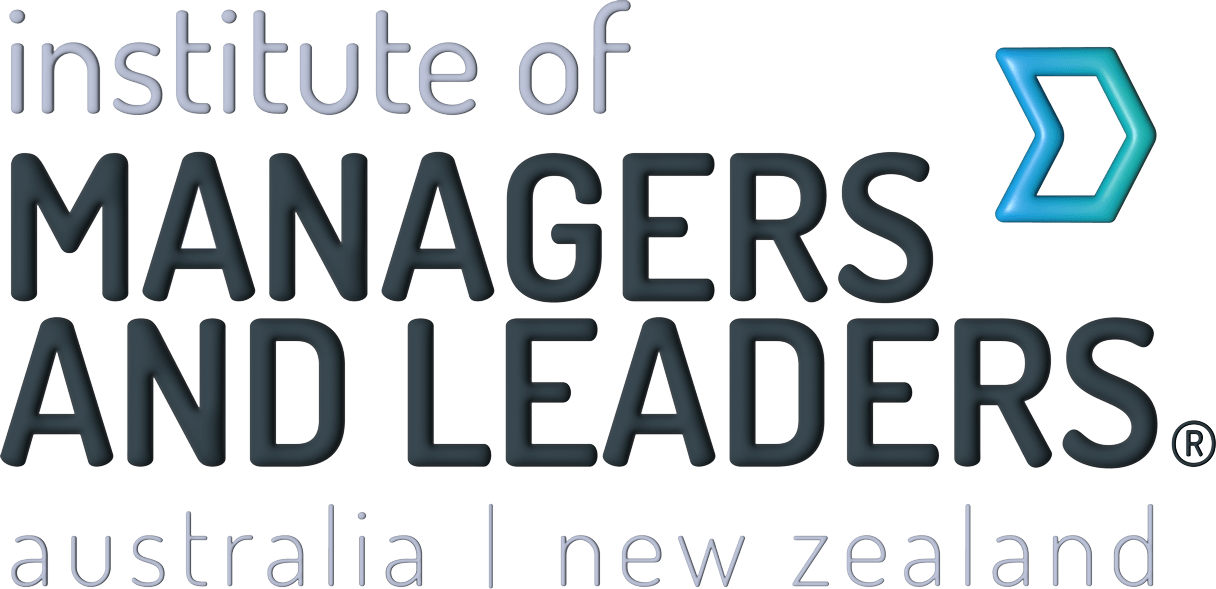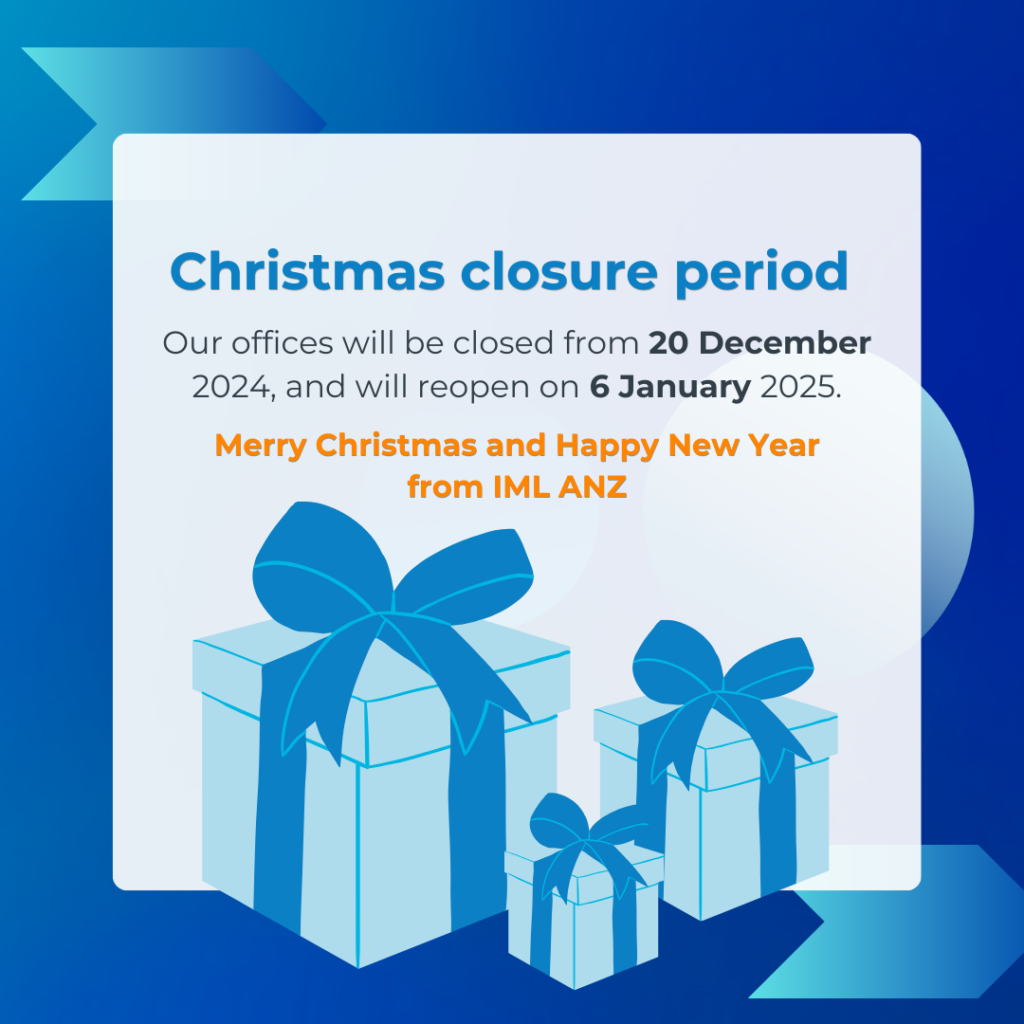As leaders, we know the wellbeing of our people is critical to performance. Yet new research from The Change Lab’s 2025 Workplace Report suggests there’s a hidden crisis unfolding in our organisations, and it’s one that most leaders are missing.
It’s called quiet cracking.
Our study of more than 1,000 Australian workers found that 55% of employees are “quietly cracking”. On the surface, they appear to be coping well. They’re meeting deadlines, hitting targets and keeping their performance steady at around 93% of their normal output. But behind this calm exterior, these workers are silently struggling internally with stress, financial pressures and emotional exhaustion.
Left unaddressed, quiet cracking is more than just a wellbeing concern.
Our research shows that workers who are quietly cracking are 6.2 times more likely to burn out. For leaders, this creates a productivity time bomb: the very people who look like they’re holding it together may be at the greatest risk of collapse.
An invisible toll.
What makes quiet cracking particularly dangerous is its invisibility. Because performance metrics look stable, managers often don’t notice the toll until it’s too late.
Quiet cracking is most prevalent among younger workers, with three in four under-25s reporting they are experiencing it. These employees are trying to establish their careers in a climate of rising housing costs, growing bills and a supercycle of change driven by economic, social and technological disruption.
The primary driver, according to 41.7% of respondents, is cost-of-living stress. And other contributing factors include job insecurity (19.7%) and AI disruption (5.8%). Leaders have significant influence over the conditions that can either intensify quiet cracking or help buffer against it.
Spotting the signs.
One of the first steps for leaders is learning how to recognise the subtle signals of quiet cracking.
Quiet cracking often appears as efficiency without joy. They might be checking all the boxes and meeting deadlines, but the spark of engagement, the moments of lightness, or the collaborative enthusiasm have disappeared. High functioning doesn’t always mean high flourishing.
If someone on your team seems flat despite strong output, or if they’ve withdrawn from collaboration and creativity, they may be quietly cracking. It’s not about performance dropping. It’s about energy, engagement and wellbeing fading.
The good news is our research also identifies four protective factors that significantly reduce the risk of quiet cracking spiralling into burnout.
Leaders can strengthen these levers at both a cultural and individual level:
Balanced job demands and resources
When workloads are fair and resourced properly, the risk of quiet cracking drops by 53%. Leaders need to continually check whether expectations align with available time, tools, and support.
Workplace civility
Respectful interactions reduce quiet cracking by 43%. Simple acts, such as thanking people, acknowledging contributions, addressing incivility quickly, are powerful in maintaining psychological safety.
Strengths alignment
Giving employees opportunities to use what they’re good at lowers risk by 38%. Leaders can ask: “What tasks energise you? How can we bring more of that into your role?”
Self-compassion practices
Encouraging employees to treat themselves kindly when things go wrong reduces risk by 38%. Leaders who role model self-compassion create permission for others to do the same.
The proximity of managers to their people makes you a protective factor multiplier. When you acknowledge emotions, engage in meaningful conversations, recognise strengths, and normalise reaching out for support, you’re helping to prevent quiet cracking at scale.
From awareness to action.
So, what can leaders do right now?
- Start the conversation. Ask your teams not just about workloads and deadlines, but about how they’re really feeling. Create spaces where employees can talk honestly without fear of judgment.
- Build civility rituals. From team check-ins to “thank-you Fridays,” embed respect into the daily rhythm of work.
- Invest in strengths. Make it a practice to discuss and design work around what energises and motivates people, not just what needs to get done.
- Model self-compassion. Share your own challenges openly. Admit when you’re finding things hard, and show how you treat yourself with kindness rather than criticism.
Quiet cracking is a silent crisis, but it doesn’t have to be inevitable. Leaders who pay attention, and start to strengthen protective factors will not only reduce burnout risks, but also build cultures where people can truly thrive.
As leaders, it’s tempting to believe that high performance means everything is fine. But the quiet cracking crisis tells us otherwise. Efficiency without joy is a red flag, and ignoring it comes at a cost to both wellbeing and productivity.
Our role is to address the pressures that are driving people to quietly crack and to create workplaces where thriving, not just surviving, is possible.
Interested in learning more? Download The Change Lab’s 2025 Workplace Report.




